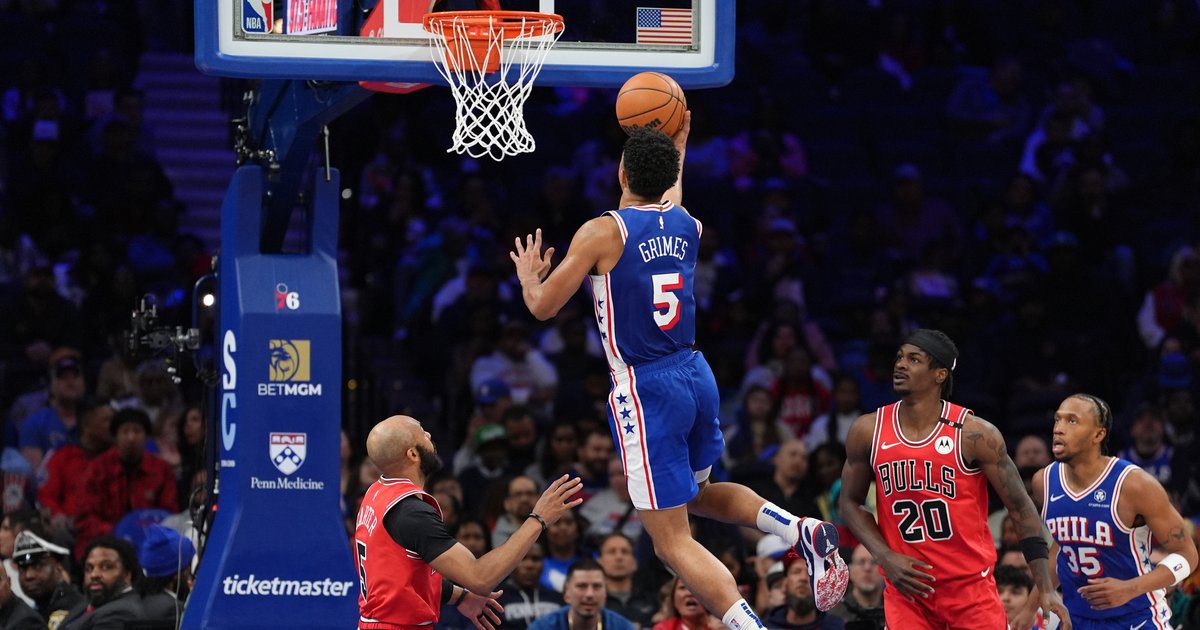The brutal rape and murder of four teenage girls at an Austin, Texas frozen yogurt shop is the subject of Margaret Brown’s HBO docuseries “The Yogurt Shop Murders.”
The 1991 slayings of Amy Ayers, sisters Jennifer Harbison and Sarah Harbison, and Eliza Thomas mystified police, haunted the victim’s families, and eventually became “part of the fabric of Austin,” according to Brown.
“It’s something you can’t really get away from in Austin,” said Brown.
Although Brown (“Descendant”) knew about the crime, the idea for a four-part docuseries came from Emma Stone and her husband Dave McCary, who used to live in Austin. The couple brought the docuseries to A24 to produce.
Brown spent over three years interviewing the crime’s investigative teams and the victims’ parents and siblings. The director and her producing team also tracked down interrogation room footage of four teenaged boys who served time for the crime. In addition, Brown interviewed “48 Hours” correspondent Erin Moriarty, who covered the case, and documentary filmmaker Claire Huie, who attempted to make a film about the murders. Huie’s abandoned footage, which is featured throughout “The Yogurt Shop Murders,” included Interviews with the victim’s family members, detectives and Robert Springsteen, one of the men who sat on death row for the crime after falsely confessing to participating in the widely publicized killings.
Variety spoke with Brown about “The Yogurt Shop Murders” ahead of the series’ Aug. 3 release on HBO.
The murders happened over 30 years ago, but the pain that the victim’s family members still bear was evident in the interviews you conducted with them. Were those interviews difficult to do, and were you concerned at all about possibly exploiting them?
One thousand percent yes. I was terrified. I didn’t really know what I was getting into, to be honest. I thought, “Oh, I’ve made films about deep trauma before.” I mean, a lot of my films are about horrible things that happen to people, but I wasn’t really prepared for the unresolved rape and murder of teenage girls, and the effect it continues to have on (the victim’s) families. I wasn’t aware of the emotional weight of sitting in the rooms with (the family members) for hours at a time would have on me. Then I thought, if I’m having a hard time, just imagine what they are going through. It was just like a loop in my head.
Did you have any hesitation about making a four-part series about an unresolved crime?
No. I knew from living in Austin and having a lot of friends who are reporters who were utterly obsessed with this case and its twists and turns that it would work.
Claire Huie’s interview with Robert Springsteen back in 2009 is very revealing. Do you think you could have made this series without Huie’s footage?
That footage was a gift. It would have been a different film without it. Claire is an incredible filmmaker, but making the film she was trying to make made her stop being a filmmaker. It consumed her, and she had to quit. Now she’s a meditation teacher.
Did you try to interview Robert Springsteen?
Oh yeah, but he declined.
Was it challenging to find all of the archival footage you used throughout the series?
When the project came to me, I asked what the (archival) footage they had, and so they sent me all this footage. It was like a David Lynch movie as a documentary. It was like “Twin Peaks.” There was a kind of eeriness to it. I could hear the soundtrack in my head, and I had this whole idea of how I would make the series. Then I met the families, and it was like, “Oh. I can’t make it like that. I can still employ some of it, but it can’t be that stylized.” It would have been a disservice to make it overly stylized.
You used some crime scene photos, but not any that showed the victims. Why?
Those photos are so bad. My editorial team was like, “You can never look at them.” They were all so traumatized by the photos. I’ve seen some of them, but not all of them, because (the editorial team) said, “They will haunt you for the rest of your life.” A24 paid for some of (the film team’s) therapy because it is really hard on the system if you take it in, and it’s really hard not to take it in. It was hard to live in that darkness for such a long time.
Would you say that living in that darkness was the most challenging part of making the series?
It was just really hard for us to make it because it was just so dark, but we thought that the right way to make the series was to look at that. Because everyone has darkness in their life, and everyone deals with trauma. This case is a pretty extreme case of people dealing with trauma, but I felt like there was something instructive about it. Each family dealt with the trauma in really different ways, and I found that fascinating.
Source link

